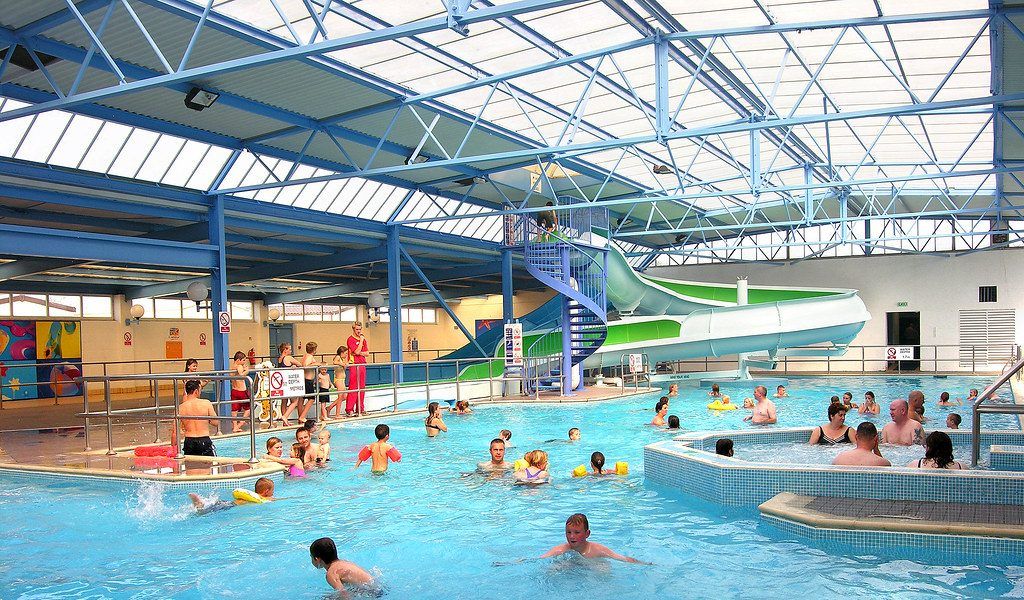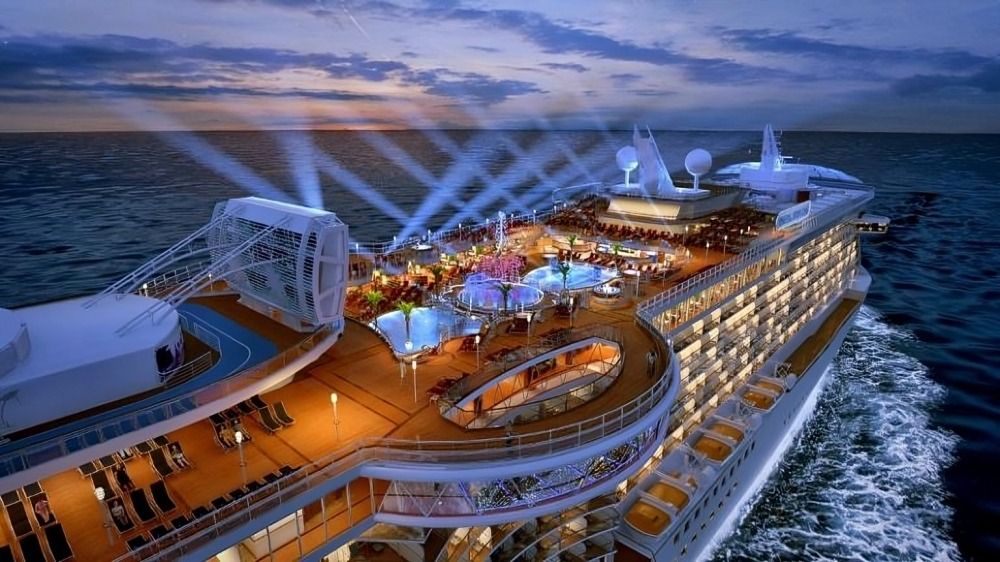
“
Water usage for leisure and recreation plays a significant role in our daily lives, offering numerous ways to enjoy and relax. From swimming pools and water parks to boating and fishing, water is an essential element in various recreational activities. The demand for water in these areas highlights the importance of sustainable practices to ensure its availability for future generations. Understanding how water is utilized for leisure and recreation not only enhances our appreciation of these activities but also emphasizes the need for responsible usage. In this article, we'll explore different aspects of water usage for leisure and recreation, focusing on its impact and importance.1
1
”
Water parks can use millions of gallons of water annually, with most of it being recycled through advanced filtration systems, making these attractions major hubs of water-based entertainment while highlighting the importance of efficient water management. 1
Artificial wave pools create perfect surfing conditions using advanced technology, making surfing accessible in areas far from natural coastlines and allowing enthusiasts to enjoy the sport regardless of geographical limitations. 2
Recreational boating, from sailing to jet skiing, relies on healthy water bodies, underscoring the importance of maintaining clean lakes, rivers, and oceans to ensure these popular activities can continue to be enjoyed. 3
Scuba diving provides a unique recreational experience, allowing people to explore underwater ecosystems, raising awareness about marine conservation, and emphasizing the need for clean, unpolluted waters to protect the delicate marine environments. 4

Public swimming pools must adhere to strict water quality standards to ensure safe recreational environments, while private pools, although smaller, contribute significantly to residential water usage, highlighting the need for sustainable water practices.
Whitewater rafting offers thrilling adventures on fast-flowing rivers, making it one of the most exciting water-based recreational activities, deeply connected to natural watercourses, and dependent on preserving these ecosystems. 5
Outdoor ice rinks, popular in the winter months, require significant amounts of water to create and maintain their ice surfaces. This highlights the essential role of water in supporting cold-weather recreational activities. 6
Recreational fishing, whether in freshwater lakes or deep-sea environments, relies on healthy aquatic ecosystems, highlighting the importance of sustainable water management to support this popular leisure activity. 7
Waterfront resorts offer a range of water-based activities, from kayaking to snorkeling, attracting tourists and emphasizing the critical role of clean water in the hospitality industry and the overall tourism experience. 8
Iconic waterfalls, such as Niagara Falls or Iguazu Falls, draw millions of visitors annually, showcasing the natural beauty and immense recreational value of these powerful water features, which are key tourist attractions. 9
Water sports like rowing, kayaking, and sailing are popular competitive activities that require well-maintained water bodies, often drawing large spectator crowds and highlighting the cultural significance of water-based sports. 10
Natural hot springs, renowned for their therapeutic properties, attract visitors seeking relaxation and wellness, emphasizing the recreational and health benefits of mineral-rich, naturally heated water. 11
Canoeing and kayaking allow for peaceful exploration of rivers, lakes, and coastal areas, fostering a deep connection with nature and emphasizing the importance of conserving these natural water resources for future generations. 12
Modern aquatic centers offer a range of water-based activities, including swimming, diving, and water aerobics, promoting fitness and wellness in a recreational setting and making water an integral part of a healthy lifestyle. 13

Luxury cruise ships offer a unique travel experience, providing a variety of water-based leisure activities while navigating the world's oceans and rivers, blending adventure with comfort and showcasing the vastness of Earth's waters.
International sailing competitions, such as the America’s Cup, are major events that highlight the importance of wind and water, drawing global attention to maritime recreation and the beauty of competitive sailing. 14
Snorkeling in coral reefs or clear waters provides an up-close view of marine life, emphasizing the need for clean, healthy water ecosystems and promoting awareness of the importance of protecting these fragile environments. 15
Houseboating offers a unique blend of leisure and adventure, allowing people to live and travel on water, promoting a lifestyle deeply connected to lakes and rivers, and encouraging a sustainable approach to aquatic recreation. 16
River cruises provide a leisurely way to explore scenic waterways, offering cultural and natural insights while relying on well-maintained rivers and clean water conditions for a safe and enjoyable experience. 17
As water scarcity becomes a growing concern, many recreational facilities, such as golf courses and resorts, are adopting water-saving technologies to reduce their environmental impact, demonstrating a commitment to sustainability in leisure activities. 18


